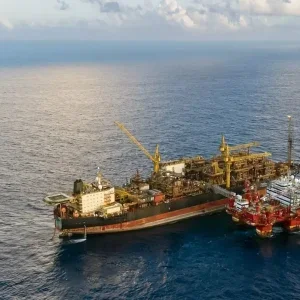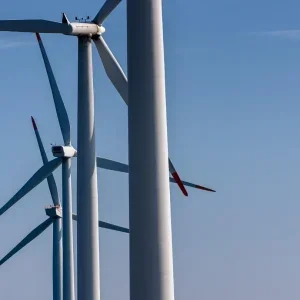
Nuclear power plants are preparing for a decade of nuclear decommissioning in Sweden. Kristina Gillin takes a closer look at the six large reactors expected to be at the forefront of the demolition and decommissioning process.
By the end of 2020, half of Sweden’s nuclear reactors will have been permanently shut down for decommissioning. The six large reactors are expected to undergo nuclear decommissioning in Sweden over the next decade.
Besides these, the Ågesta prototype reactor, a combined heat and power plant is about to commence dismantling.
Nuclear decommissioning at Sweden’s Barsebäck nuclear power plant
The twin units at Barsebäck, a few miles across the straight from Denmark, ceased to generate power in 1999 and 2005, respectively.
After shutdown, all spent fuel was removed and shipped to Sweden’s central interim storage facility (Clab) in Oskarshamn.
Major decontamination of systems was also done early. However, dismantling had to wait, due to a lack of facilities for storage or disposal of decommissioning waste.
In lieu of generating power, Barsebäck put its facilities to other good uses while awaiting dismantling.
Barsebäck became a training ground for staff from other sites, and spare parts were sold. Conventional areas were leased out to local companies as office or storage space.
The site’s information centre remained open and thousands of people each year have taken walking tours through the facilities.
In parallel, options for interim storage of decommissioning waste were explored.
By 2016, a new on-site store for low- and intermediate-level waste had been built at Barsebäck. This enabled additional preparations for dismantling and demolition.
Segmentation of the reactor pressure vessel internals was completed in 2019, and the pools above and adjacent to the reactors were drained.
Dismantling in radiological areas will start in 2020 and finish in 2028.
Barsebäck will ultimately be restored as a brownfield site intended for new power generation.
With 20 years of experience since the first unit was shut down, Barsebäck has key insights into the post-operational phase.
Åsa Carlson, president of Barsebäck Kraft AB, says: “Do as much as possible, as soon as possible — postponing dismantling and demolition only creates more challenges.”
Uniper prepares for nuclear decommissioning in Sweden
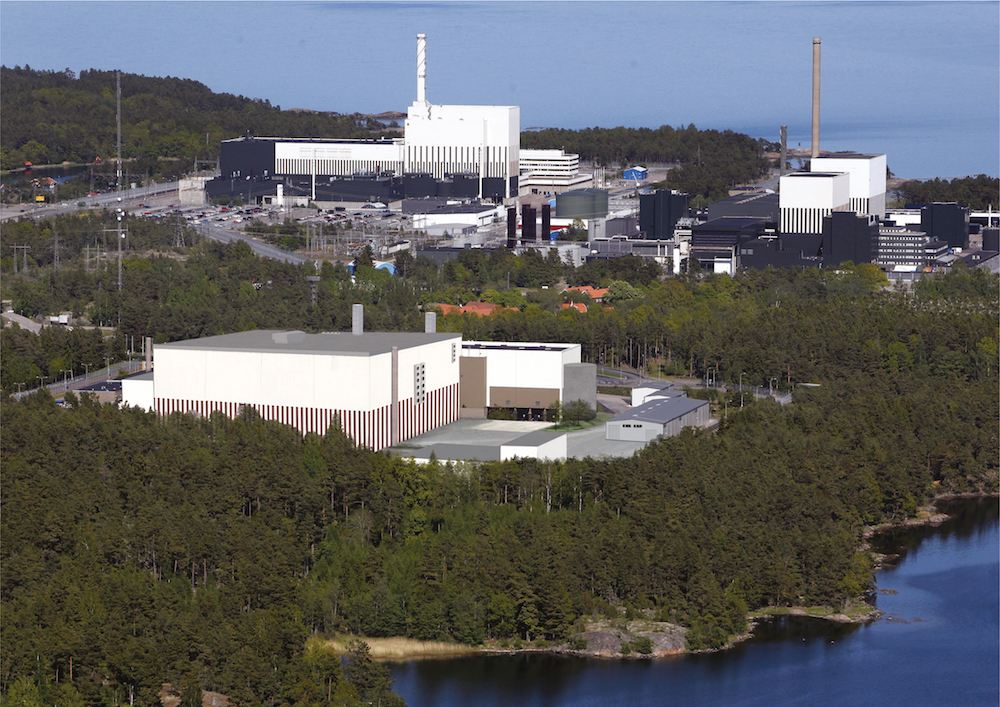
Barsebäck’s owner, Uniper, is also the majority shareholder in the Oskarshamn nuclear power plant.
Oskarshamn comprises three BWRs, two of which have been taken out of service for economic reasons.
Unit 1 of Oskarshamn nuclear plant was permanently shut down in 2017. Oskarshamn 3, which is significantly newer (in operation 1985) and larger (1400MWe net capacity), is scheduled to remain in operation until 2045.
As at Barsebäck, Oskarshamn 1&2 have been emptied of spent fuel, which has been transferred to the adjacent Clab facility.
Segmentation of internal components in both reactor pressure vessels has been completed.
Preparations have begun to expand the capacity for on-site storage of low- and intermediate-level waste. This will be able to accommodate waste generated from nuclear decommissioning in Sweden.
Large-scale dismantling of the two Oskarshamn units will start in 2020. After removal of the radiological inventory, the buildings are scheduled for release from regulatory control in 2028 but will remain in place.
Johan Dasht, president of OKG, explains: “We plan to keep our buildings and combine the next steps of dismantling with later dismantling activity at the site. It may also be the case that some parts of the infrastructure find new purposes later on. Hence keeping the buildings gives flexibility and is the optimal choice.”
To create logistical and economic benefits, the radiological dismantling and demolition phase of Barsebäck and Oskarshamn 1&2 will be undertaken as one common project.
Work packages have been defined and scheduled to be performed in sequence at the four units.
Uniper Sweden’s president, Johan Svenningsson, says: “When we performed the overall portfolio planning it became clear that is a strategic advantage to view our decommissioning efforts as one larger project.”
“This allows for optimisation of resources, time and logistics in the best possible way. It enhances learning and reduces risks compared to other possible approaches.”
Ringhals: Decommissioning of Sweden’s oldest PWR
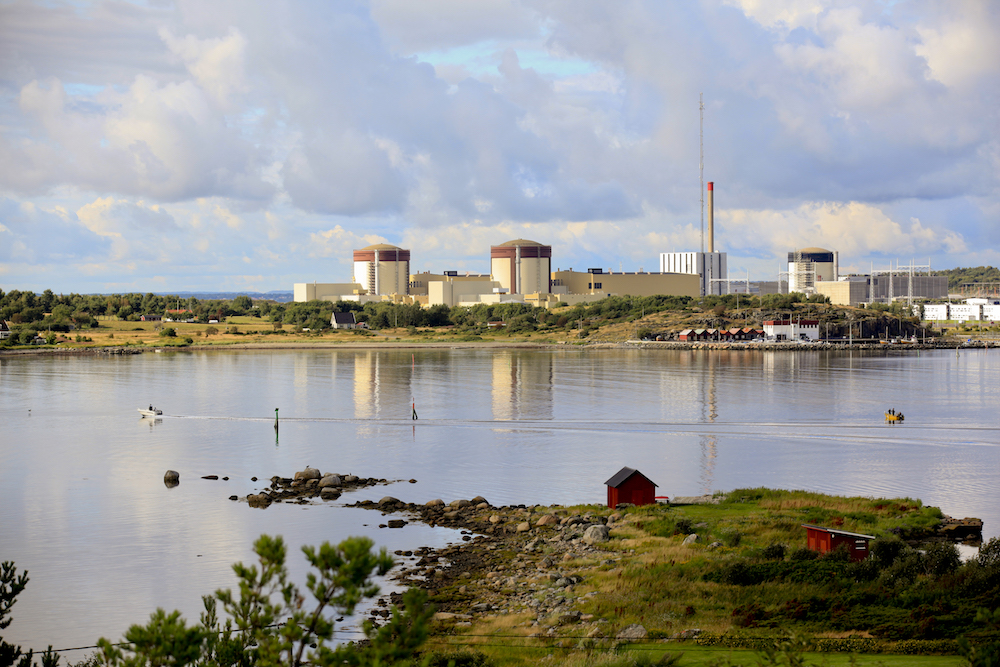
Sweden’s oldest pressurised water reactor, Ringhals 2, ceased commercial operation on 30 December 2019.
Its neighbouring boiling water reactor, Ringhals 1, will follow at the end of 2020.
In both cases, the closure is for economic reasons. The site hosts two more PWRs, projected to remain in service for a long time.
Ringhals began to prepare for shut down of its first two units in 2015. This included identifying and implementing measures needed for Ringhals 3&4 to continue to operate after 2020.
Anna Collin, media relations manager at Ringhals, clarifies: “Operation of Ringhals 3 and 4 relies on about 80 systems based in Ringhals 1 and 2. These are systems that originated when the oldest units were built and later expanded to encompass units 3 and 4 — like power, fire water and communication systems.”
“Those interdependencies must now be removed, and construction work for the physical separation has begun.”
While Ringhals will remain the licence holder, responsibility for implementing decommissioning lies with Vattenfall, the main shareholder.
At Vattenfall, which is also responsible for Ågesta, detailed studies and preparations for Ringhals 1&2 decommissioning are in progress.
This includes estimating volumes of the various waste streams and assessing options for managing them. Like the other sites, spent fuel will be removed and transported to Clab within a few years after shutdown.
Vattenfall has also started a study on the future use of the site, as input to the detailed decommissioning planning.
Sven Ordéus, head of Vattenfall’s Nuclear Decommissioning business unit, says: “After release from regulatory control, any buildings for which there is a future use will not be demolished. Which those buildings are will depend on the results of the ongoing study.”
Regulatory perspective on nuclear decommissioning in Sweden
According to Sweden’s Act on Nuclear Activities, nuclear decommissioning in Sweden is done under the operational licence.
However, three authorisations are required to start dismantling and demolition: A new licence under the environmental code and two approvals by the Swedish Radiation Safety Authority (SSM) — of a safety report and a radiological monitoring programme.
During dismantling and demolition, the licensee must notify SSM before commencing each pre-defined work package. There are approximately 10 work packages per reactor.
SSM has also been preparing for the unprecedented level of decommissioning activities planned.
Martin Amft, a senior specialist at SSM, says: “In 2016, SSM estimated the number of staff members required during dismantling and demolition, and we have hired and trained new people well in advance of the workload. We have also clarified requirements and streamlined our internal processes.”
Since 2016, SSM has been organising bi-annual decommissioning seminars for participants from the Swedish nuclear industry.
Martin Amft advises regulators in other countries: “When preparing for dismantling and demolition, initiate a dialogue with licensees early to clarify requirements and facilitate raising questions.”
He adds: “If a plant has been in care and maintenance for a long time, increase the frequency of inspections to confirm that requirements, even the basic, are met before large-scale dismantling and demolition activities are authorised. As regulators, we need to be aware that preparation for dismantling and demolition puts a lot of pressure on a licensee’s organisation and resources.”
Funding and nuclear waste disposal in Sweden
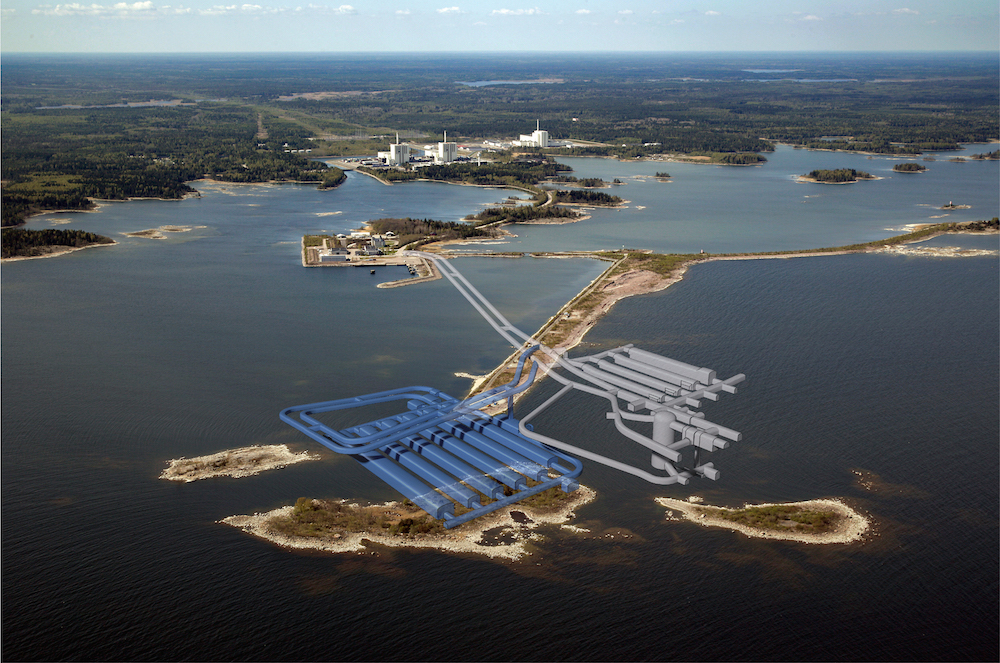
Owners of nuclear power plants in Sweden have a statutory duty to dispose of their wastes. They are also required to set aside funding for waste management and nuclear decommissioning in Sweden. The funding is held in the Nuclear Waste Fund, a segregated Swedish government fund.
To fulfil the obligations, they jointly own the Swedish Nuclear Fuel and Waste Management Co (SKB). SKB’s scope covers disposal of most radioactive waste streams, interim storage of spent fuel and transportation between the various sites.
SKB is also responsible for compiling cost estimates for decommissioning and waste management every three years.
This to ensure that payments into the Nuclear Waste Fund are sufficient to cover future costs.
According to the 2019 estimates, the total cost of waste disposal, spent fuel storage and decommissioning is approximately SEK 147 billion (around €14 billion). Of this, about SEK 53 billion (around €5 billion) has been spent to date.
These figures include most of SKB’s scope but exclude the costs of near-surface disposal facilities for very low-level waste at Oskarshamn, Ringhals and Forsmark.
The majority of low- and intermediate-level waste from all Swedish reactors will be disposed of in SFR, a shallow geological repository for short-lived waste on the Forsmark nuclear site.
SFR has been in operation since 1988 but is currently licensed for operational waste only.
To accommodate decommissioning waste, SKB plans to expand SFR’s capacity from 63,000 to 180,000 m3. An application for the expansion was submitted in 2014.
Pending regulatory approvals, construction of the new rock vaults will take place from 2023 to 2029.


